"Where does injustice begin?" The mobile history laboratory on the Kislau concentration camp
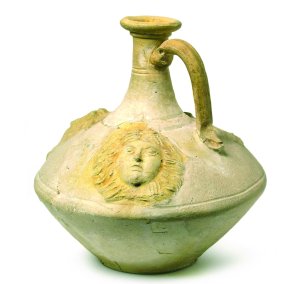
The cremation of the deceased is not only part of the burial rite in modern times, but was already practiced in prehistoric and early historical periods. The Italo-Roman, Gallic and Germanic burial ...

The exhibition takes a cultural-historical look at life and work on the Rhine and Murg rivers over the course of time. It deals with the rivers as a source of food and transportation routes since ...
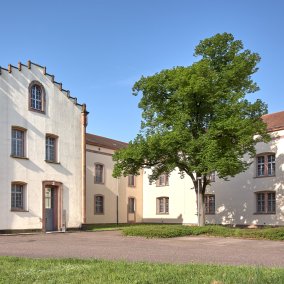
The Central Finds Archive of the Baden-Württemberg State Archaeological Museum, together with the Archive for Human and Animal Bones of the State Office for the Preservation of Monuments, cordially ...
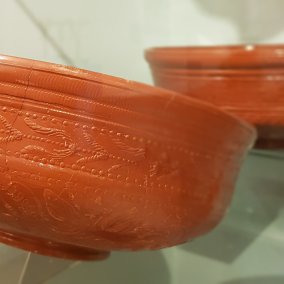
On the occasion of Open Monument Day, the city museum can be visited free of charge. At 3 pm, there is also a special offer for children and families: under the motto "A laurel wreath for eternity", a ...
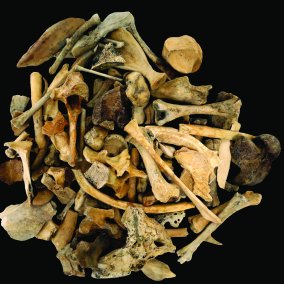
Animals played a variety of roles in the societies of the past. Among other things, they were a central part of the human diet, providing live products such as milk and meat. Dr. Simon Trixl from the ...
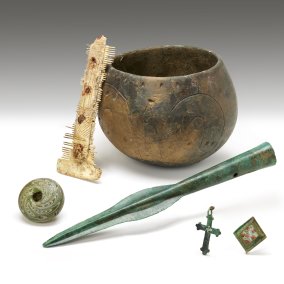
Ready for the final journey? Whether vessels, jewelry or weapons, since the Stone Age the deceased have been given gifts to take with them on their journey to the afterlife. But what exactly was given ...
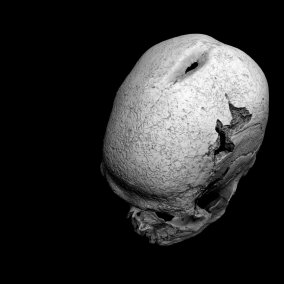
Surgical procedures on the human skull are part of everyday medical practice today. But even in prehistoric times, traces of operations on the skull, known as trepanations, can be found worldwide ...
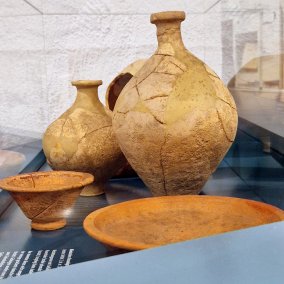
A themed guided tour of the City Museum on the Sunday of the Dead uses selected exhibits to shed light on burial customs and commemoration of the dead from antiquity to modern times. Museum director ...
